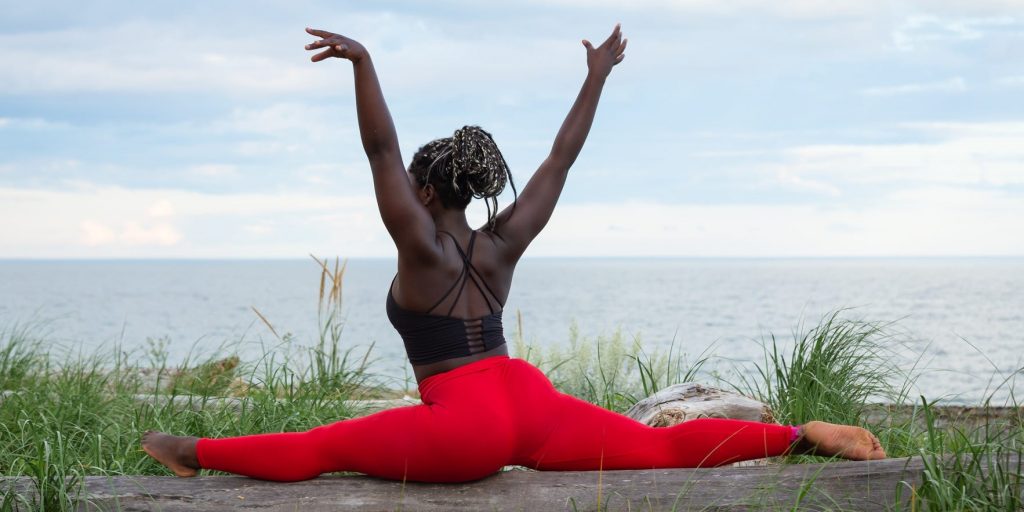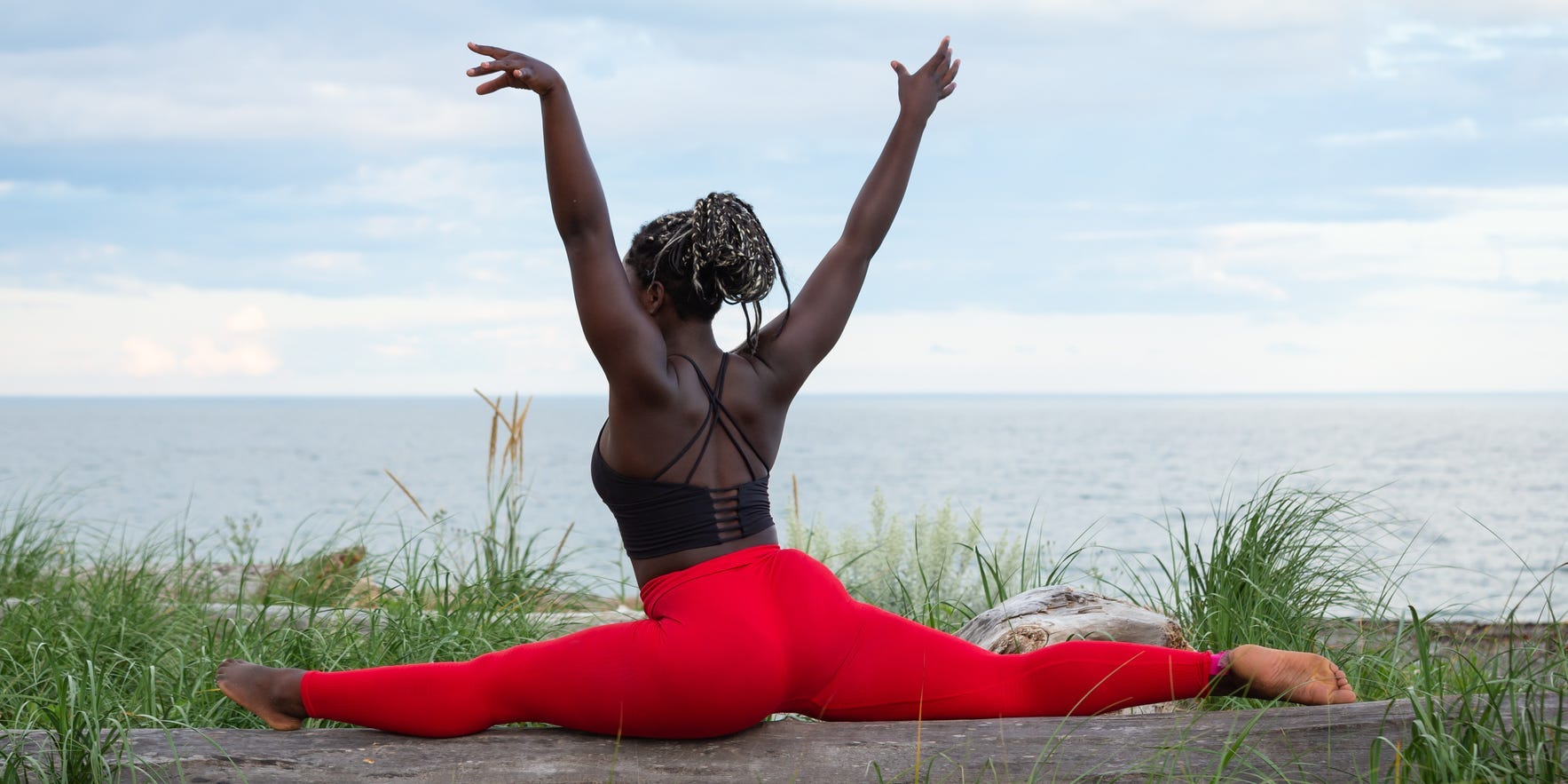
marieclaudelemay/Getty images
- To do the splits, you'll need to consistently stretch your hamstrings, hip flexors, and glutes.
- Stretches for the splits include the butterfly, piriformis, and kneeling hip flexor stretch.
- If you're stretching consistently, you may be able to do the splits in a few weeks.
- Visit Insider's Health Reference library for more advice.
The splits aren't just for dancers and gymnasts – for the average person, they increase flexibility, which can improve range of motion and help stave off injury.
However, before you start stretching for the splits, it's important to note some people's anatomy won't allow them to do the move no matter how hard they try – even some dancers and gymnasts, says Carrie Jaworski, MD, director of the Division of Primary Care Sports Medicine at NorthShore University HealthSystem. However, if that's the case, the following stretches will still be beneficial.
Stretches for the splits
The following routine can help you achieve both the middle and front splits if done consistently.
If you are new to stretching, you should do this routine three times per week, holding each stretch for at least 30 seconds, Martinez says. If you get used to the routine and want to make it more intense, you can add a repetition for each stretch.
1. Kneeling hip flexor stretch
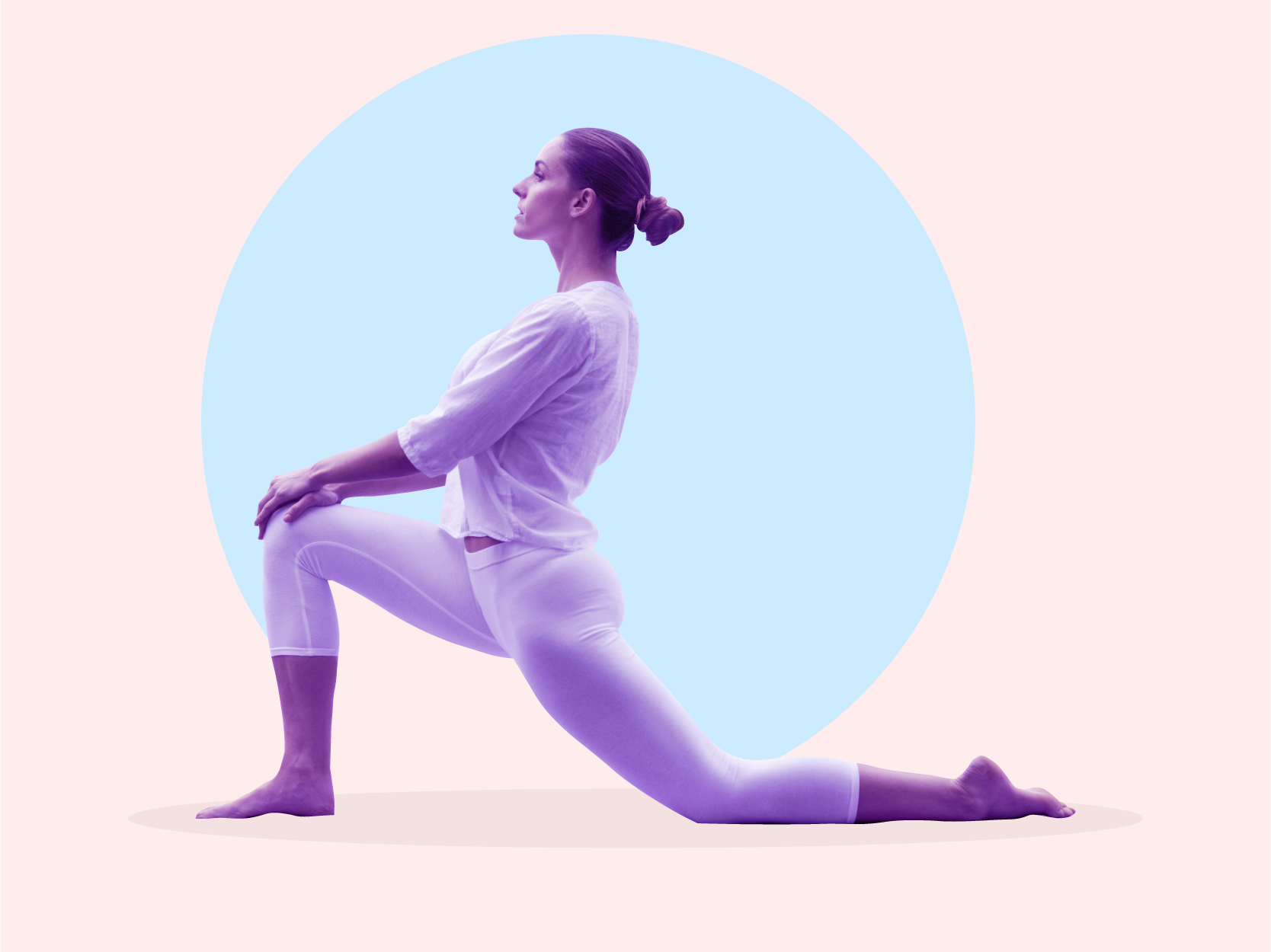
How to do it:
- Start in a kneeling position.
- Bring your left knee up, with your knee bent at 90 degrees and your foot on the floor.
- Take a deep breath, squeeze your glute, and push your hips forward. This should stretch the front of your right hip.
- Rest your hands by your sides or on your bent knee.
- Repeat on the other side.
2. Seated hamstring stretch
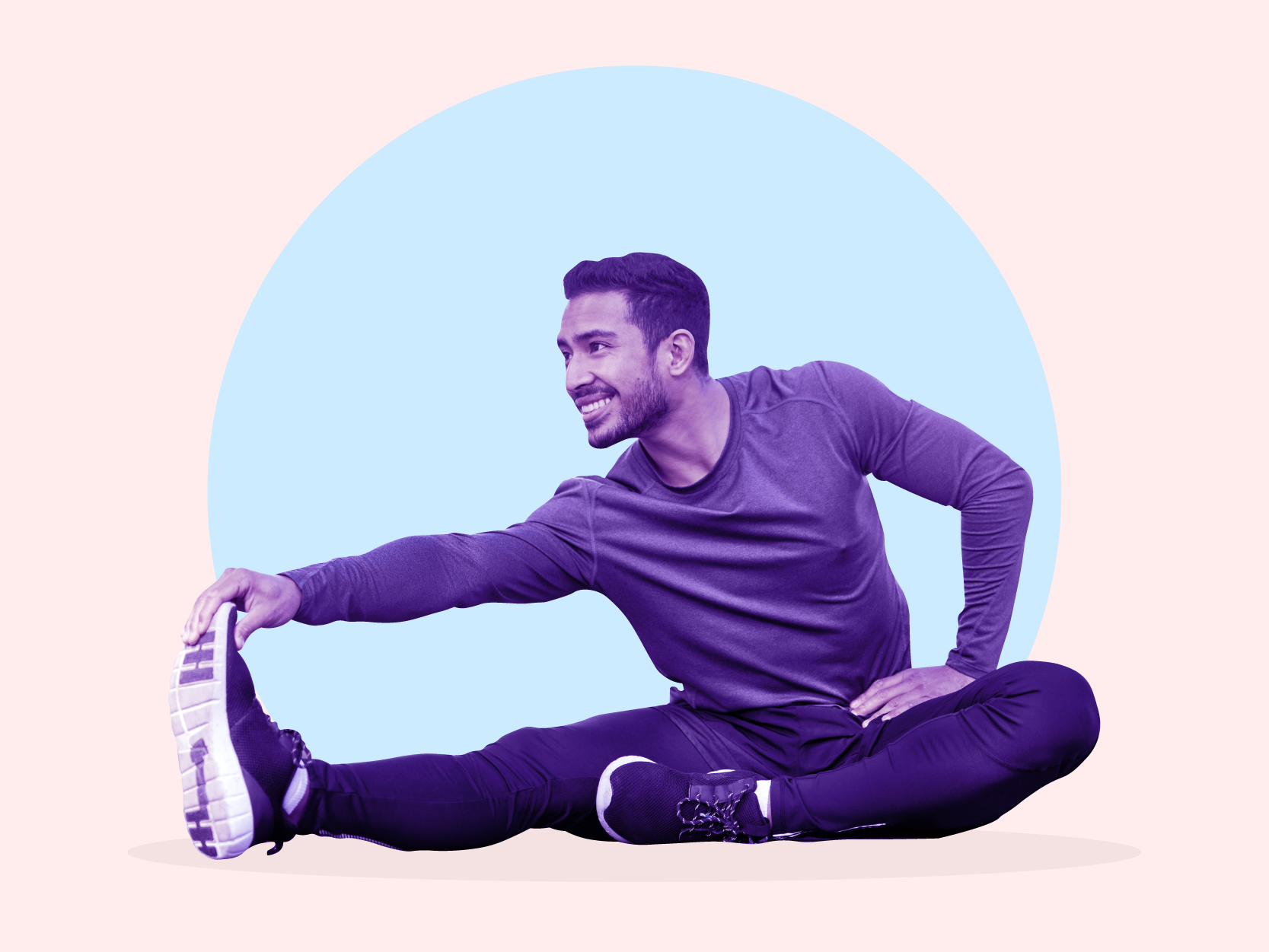
How to do it:
- Start seated, with your legs in front of you.
- Extend your right leg forward while bending your left leg.
- Place the sole of the left foot on the inside of the right thigh, creating a "4" shape.
- Take a deep breath, hinge at your hips, and fall forward. Try not to round your back excessively. You should feel a stretch in the back of your thigh.
- Repeat on the other side.
3. Kneeling adductor stretch
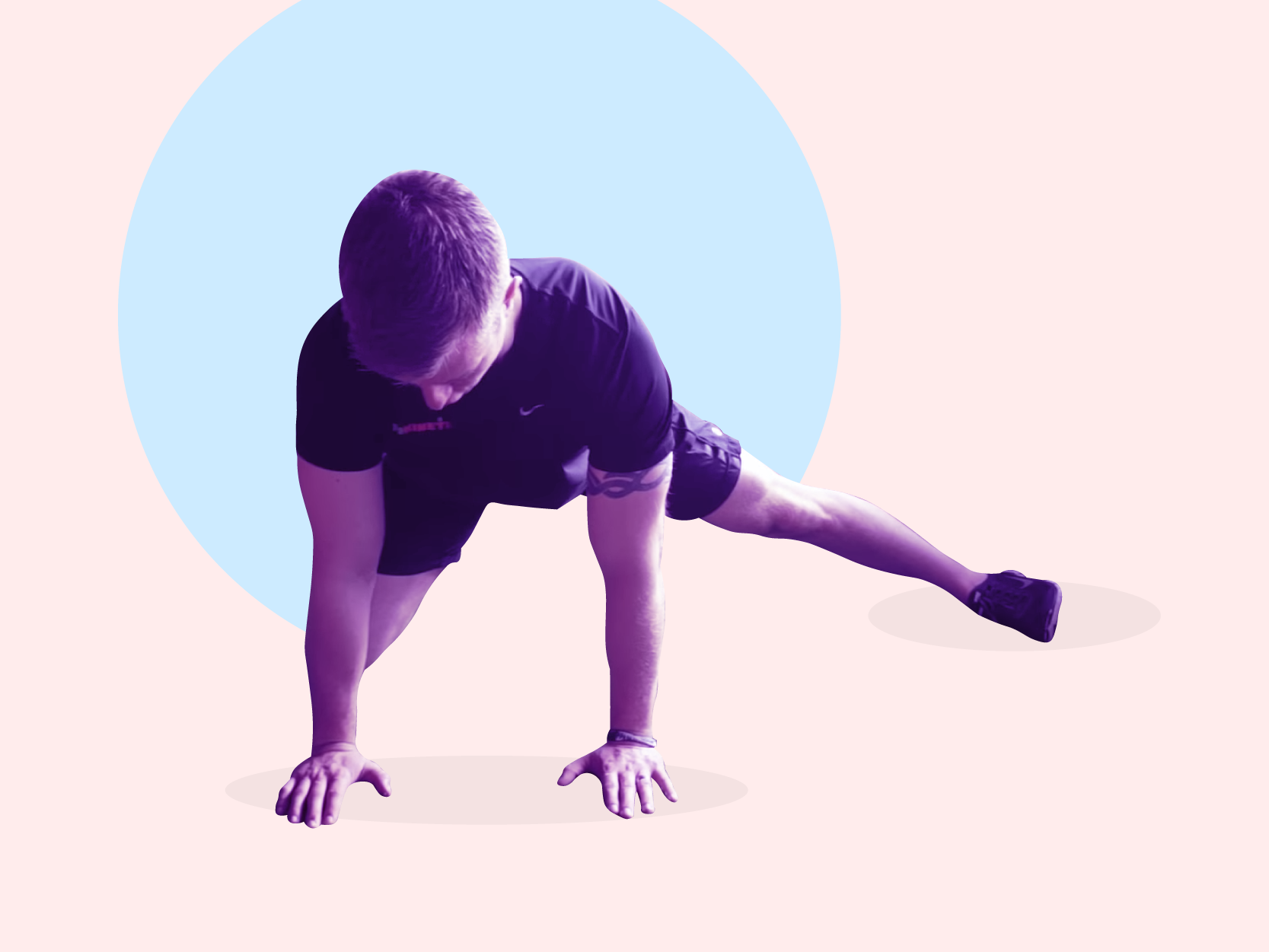
How to do it:
- While standing, spread your feet wider than your shoulders.
- Come down onto your right knee and fully extend your left leg out to the side.
- Place your hands on the floor in front of you for support.
- Sit back into the position, trying to bring your center of gravity lower to the ground. You should feel a stretch on the inside of your thigh.
- Repeat on the other side.
4. Piriformis stretch
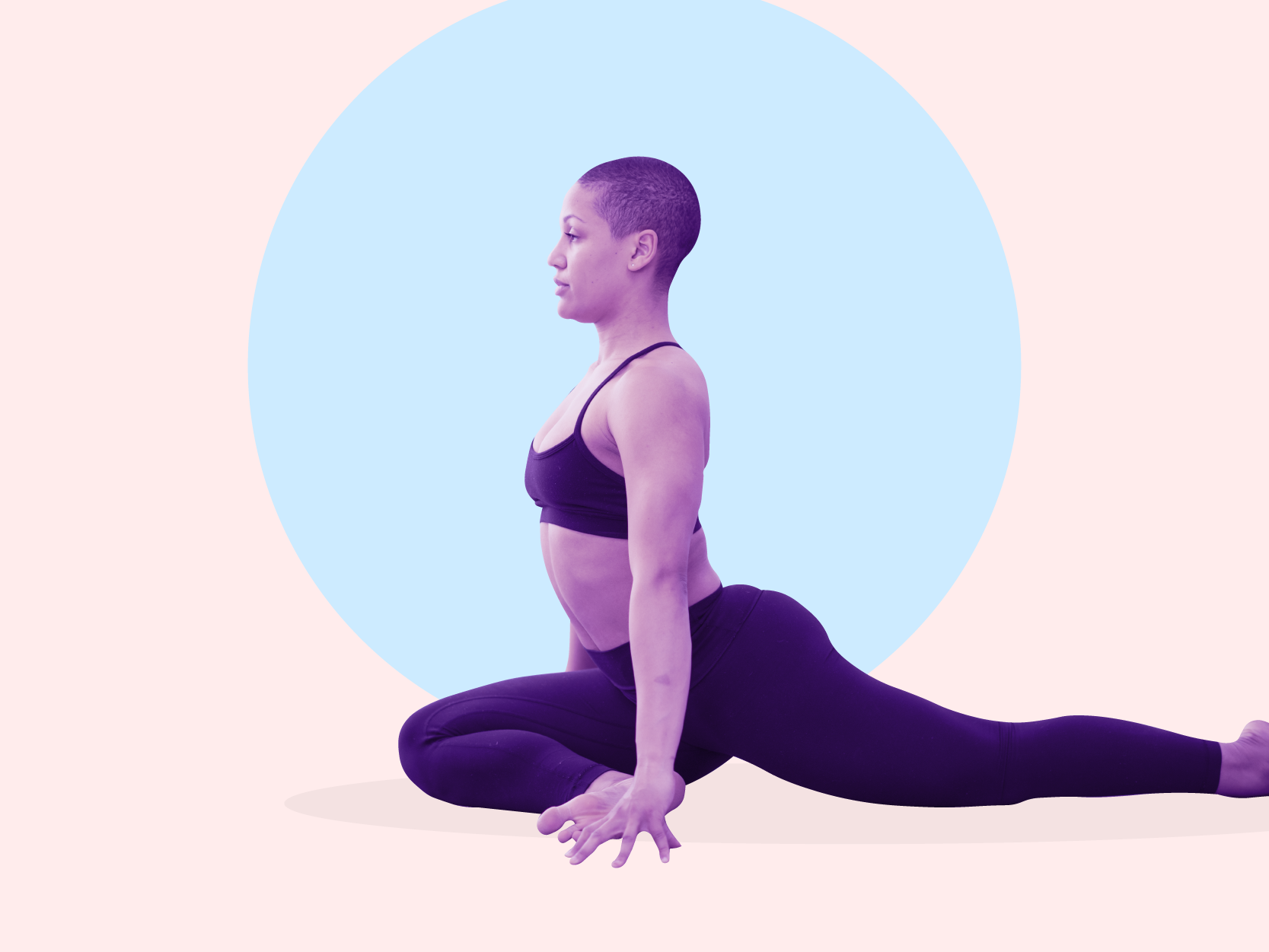
How to do it:
- Start seated on the ground.
- Extend your left leg forward, bending the knee about 90 degrees, so your shin is on the ground, parallel to your waist. Your left knee should be aligned with your hip.
- Support yourself by putting your hands on the floor in front of your shin.
- Extend your right leg backward, so that it is straight behind you.
- Take a deep breath and lower your chest to deepen the stretch.
- You should feel the stretch deep in the back of the hip, where the piriformis muscle is.
- Repeat on the other side.
5. Butterfly stretch

How to do it:
- Start in a seated position.
- Bring the soles of your feet together in front of you.
- Maintain an upright posture in the upper body.
- Hold your feet with your hands and use your elbows to gently press your knees downward. You should feel the stretch on the inside of your thighs, in your adductors.
How to do the splits
Once you are comfortable doing the stretching routine above, you can try getting into position for the splits by following the steps below. If you have trouble doing so, notice how far into the position you get and use that as a marker of your progress.
How long does it take to do the splits?
If you are stretching consistently, you're likely to see some improvement after several weeks, but that doesn't mean you'll be able to do the splits, Jaworski says.
Some people's bodies adapt more quickly than others to a new routine, Martinez says.
Insider's takeaway
"The key to anything with flexibility is consistent practice, making it more of a habit," Martinez says.
And even if you don't end up doing the splits, these stretches are good for you.
However, people who have had injuries, joint replacement, or hip problems, such as arthritis, may need to avoid the splits, so it's best to check with your doctor first.
Dit artikel is oorspronkelijk verschenen op z24.nl
